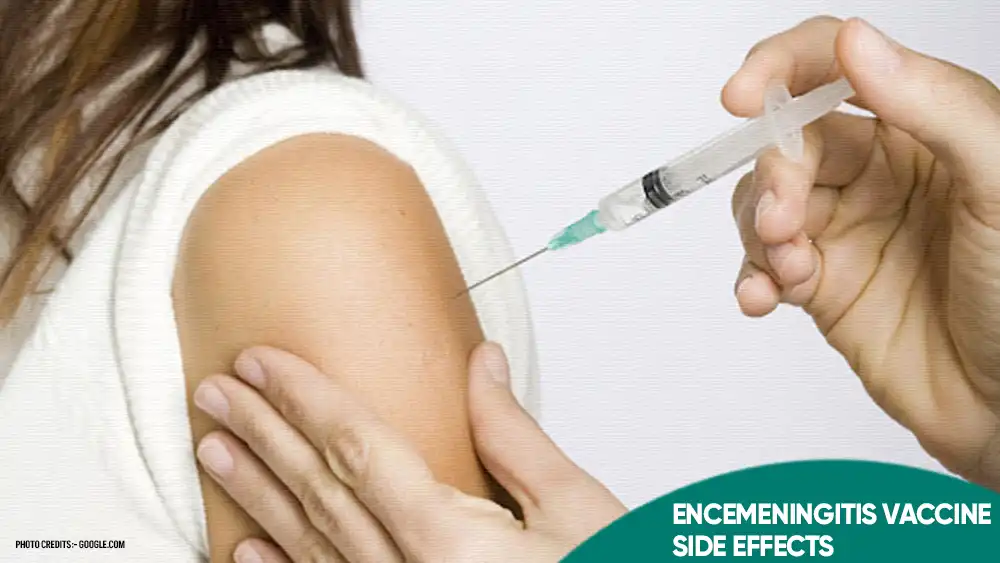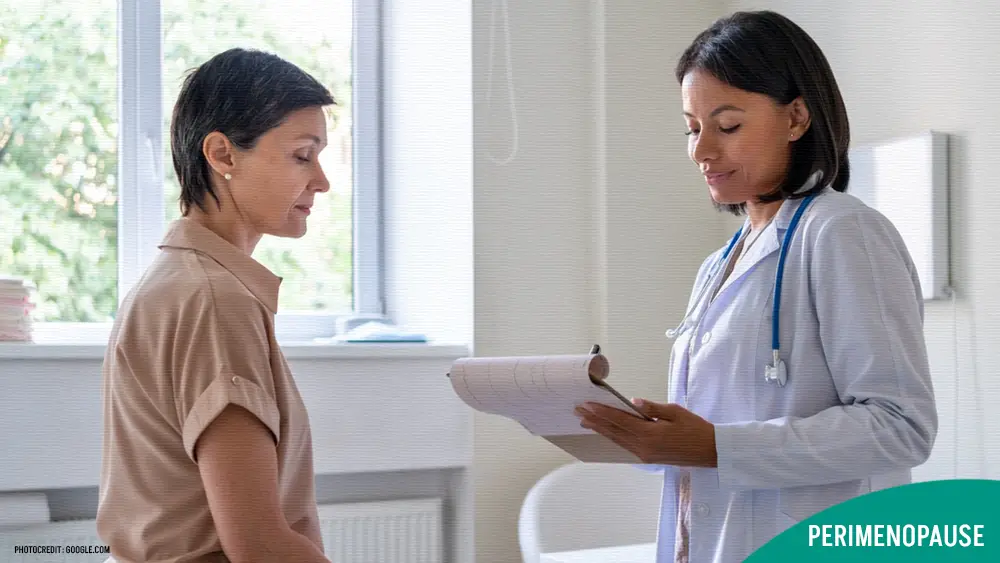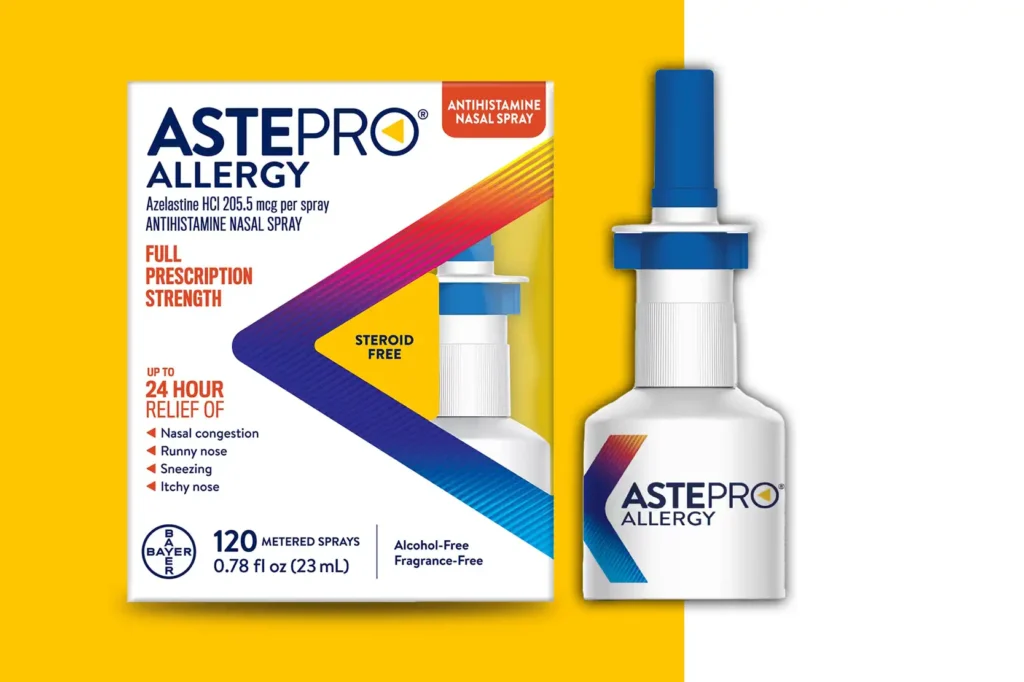Navigating Your Wellness Journey with Expert Care
“Embark on with Health”
Hydronephrosis Symptoms And Signs of Kidney Complication
HEALTH BLOG Hydronephrosis Symptoms And Signs of Kidney Complication T he Hydronephrosis Symptoms can vary depending on the underlying cause…
Dogadan Tea: A Deep Dive into Turkey’s Iconic Tea Brand
HEALTH BLOG Dogadan Tea: A Deep Dive into Turkey's Iconic Tea Brand Discover the rich history and diverse flavors of…
Meningitis Vaccine Side Effects: What You Need to Know?
NEUROSCIENCE Meningitis Vaccine Side Effects: What You Need to Know Learn about meningitis vaccine side effects, types, myths, and future…
Nose Job Recovery Time: How to Heal Faster and Better
Learn about nose job recovery time with this detailed guide. Understand the healing stages, from initial swelling to full recovery,…
Best Yoga Poses for Stress Relief: Find Your Inner Calm
Discover the Best Yoga Poses for Stress Relief to calm your mind, relax your body, and reduce anxiety. These beginner-friendly poses,…
Auther's Pick
How to File a Mesothelioma Lawsuit in Canada: A Step-by-Step Guide
Discover everything you need to know about filing a mesothelioma…
Neck Pain: Causes, Symptoms, and natural Treatment
HEALTH BLOG Neck Pain: Causes, Symptoms, and Natural…
7 Proven Strategies for Managing Cholesterol Levels Naturally
HEALTH BLOG 7 Proven Strategies for Managing Cholesterol…
Follow US
Is This True of Lions Morris Norris injury
Maurice Norris’s recent injury, officially diagnosed as a Grade II hamstring strain,…
Most Read
Discover Categories
Latest Updates
Shake and Protein Powders Contain High Levels of Lead
Learn why these metals appear in protein powders, how to identify safe brands,…
How Old Should You Be to Drink Powerade?
Learn about the drink's sugar content, absence of caffeine, and how it compares…
Azelastine Nasal Spray Prevents COVID-19
Clinical research also suggests that Azelastine Nasal Spray Nasal Spray prevents COVID-19 by…
Why Tuberculosis Cases in Maine Underreported More in 2025
You’ll also learn about TB testing, diagnosis, treatment, and prevention measures available in…
Joe Biden Scar on Head: What’s the Real Reason
Today, Biden continues to serve as U.S. President, with the scar symbolizing his…
Is This True of Lions Morris Norris injury
Explore the broader tactical and morale effects on the Lions’ offense. Whether you’re…
What Is the McDonaldland Shake Flavor
Though discontinued in the 1980s, it remains one of the most talked-about retro…
Famous Conjoined Twins Abby and Brittany Hensel Age
This blog explores their age, biography, education, career, and life lessons that continue…
How Is Legionnaires Disease Spread
You’ll learn how aerosolized droplets from showers, cooling towers, and hot tubs increase…
Is That True Can Salmonella Be Caused by Eggs
You’ll learn safe handling practices, proper cooking methods, and when to use pasteurized…

Find Pregnancy Related Tips Blogs!
Famous Conjoined Twins Abby and Brittany Hensel Age
Abby and Brittany Hensel are 35 years old in 2025, born on…
How Is Legionnaires Disease Spread
Legionnaires disease is not spread person-to-person but through inhaling water droplets containing…
Is UTI a Sexually Transmitted Disease?
STDs, on the other hand, spread through sexual contact and involve different pathogens. This guide explains the difference between UTIs and STDs, symptoms to watch for, and when to seek…
How to Treat Pelvic Inflammatory Disease (PID)
Pelvic Inflammatory Disease (PID) is a serious infection affecting women’s reproductive organs,…
Shake and Protein Powders Contain High Levels of Lead
Research has revealed that many protein powders contain high levels of lead…
Azelastine Nasal Spray Prevents COVID-19
Azelastine Nasal Spray is a fast-acting antihistamine spray for allergy relief. It…
Why Tuberculosis Cases in Maine Underreported More in 2025
You’ll also learn about TB testing, diagnosis, treatment, and prevention measures available in the state. Whether you’re a healthcare professional, student, or concerned resident, this expert-backed article provides clear, easy-to-understand…
Joe Biden Scar on Head: What’s the Real Reason
This visible mark often sparks public curiosity, but it represents a major…
Does Insurance Cover Therapy?
Understand in-network vs out-of-network coverage, common insurance terms, and resources for free…
Best Yoga Poses for Stress Relief: Find Your Inner Calm
With step-by-step instructions and breathing techniques, this guide helps you unwind and…
6 Natural Remedies for Anxiety: A Holistic Solutions
Discover the most effective natural remedies for anxiety to help you feel calmer and more in control. This comprehensive guide covers herbal solutions like chamomile and lavender, mindfulness practices, exercise tips,…
How Much Is the Average Asbestos Lawsuit Settlement Amount?
These settlements are a vital source of financial support for individuals suffering…


































